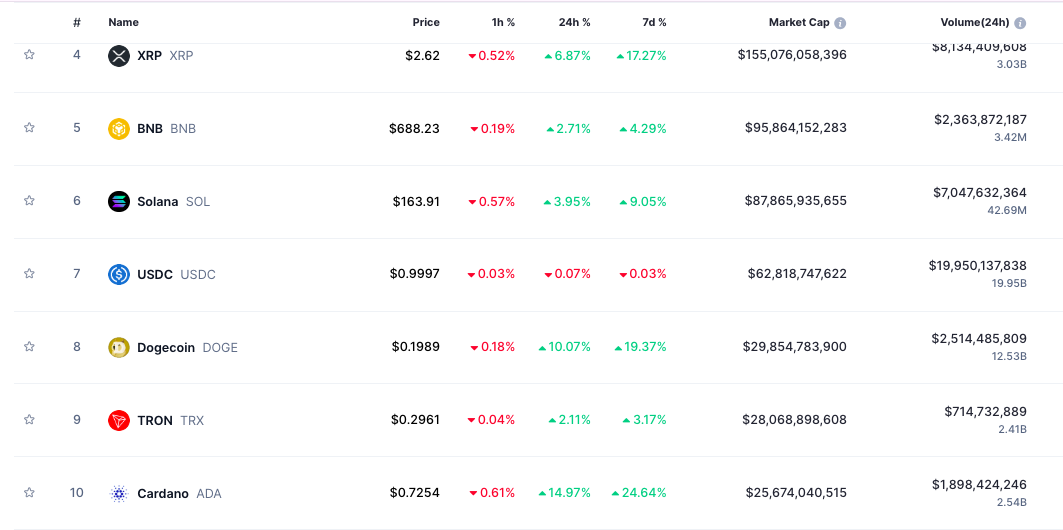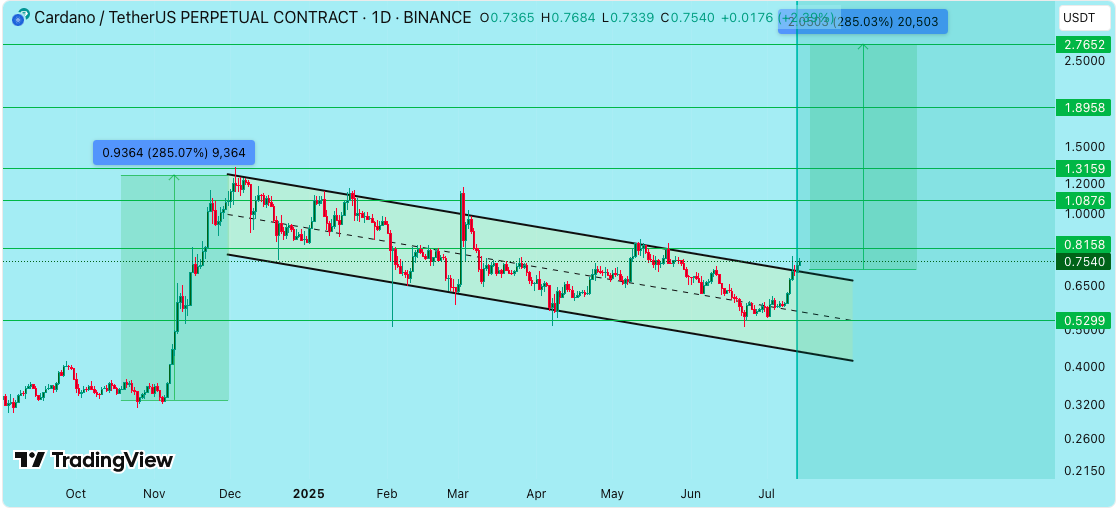NEW YORK, NEW YORK – SEPTEMBER 09: Coco Gauff of the United States poses with the champions trophy … [+]
Getty Images
Congratulations Coco Gauff on a well earned victory at the US Open, making history as the youngest winner since Serena Williams in 1999. Billie Jean King (pictured above right) made history in the 1970s with her concerted campaign to achieve parity in prize money for women’s tennis players. Her campaign included organising the leading women players at the time to boycott the US Women’s Tennis Association circuit and set up their own, rival tournaments, with their own sponsors. They eventually persuaded the US Open to agree, in 1973, to pay the male and female winners the same $25,000 prize money. However, it has taken the remaining Grand Slam venues decades to catch up, helped by activism again from leading player Venus Williams who finally sealed the deal for equal pay at Wimbledon and Roland Garros in 2007. In other sports, such as the World Cup football, women are making just 25 cents on the dollar compared to their male counterparts. Viewership is usually the justification for this. There just isn’t as much money to be made watching women play sports, so they earn less. Basic supply and demand, we are told. But is this accurate?
Invisible Hand Or Unconscious Bias?
Before we look at the economics, we need to remember that the “invisible hand” is not objective, and suffers from collective, selective biases. Many of us have taken the Harvard Implicit Bias Test and understood the micro-hesitations and automatic assumptions that come with gender role and racial profiling. But research is increasingly showing that awareness of unconscious biases does not change our behaviour long term. Unconscious bias training may not be the answer, but the concept nonetheless can help us understand how sexism (and more) has built itself into a impenetrable wall of dodgy assumptions. Using the lens of gender pay parity in sports, here’s two examples of biased, inaccurate thinking and an alternative approach.
Women Tennis Players Play Less So Earn Less?
In the Four Major Grand Slams – the US, Australian, French Opens and Wimbledon, the women play best of three rather than best of five. Since they have less time to work, wouldn’t it be fair for them to earn less? The origin of the decision that women play three compared to men playing five can be tracked back to the late 1800s when it was widely believed that women were incapable of physical exertion, not permitted to participate in a wide range of sports. Remember, women were only allowed to run marathons from the 1980s! Outside the Grand Slams, women regularly play five sets. These archaic rules, based on since disproven assumptions about female strength and stamina, are then used as the justification for paying women less. The argument is circular and false, but is akin to using part timers as justification for workplace pay disparity.
Viewership Is Lower For Women’s Sports?
Did you know that Wimbledon privilege men’s games on centre court over women’s? By a ratio of 61% to 39%, according to research conducted in 2018. Similarly in soccer, the 2023 Women’s World Cup was comparatively hard to watch, as the media companies did not bid for enough prime slots. We get into the same circular argument – the viewership isn’t there so we can’t pay more, but the viewership isn’t there because access isn’t equal, access isn’t equal because the viewership isn’t there – on it goes. We’ve had more media coverage of the Spanish Team Manager’s ill-advised “kiss” than of the final itself in which the English and Spanish players displayed exceptional talent, stamina, skill and passion.
The internet is biased. When you search for World Cup it will default to the men’s game. And who can forget Andy Murray’s stunning allyship when correcting the BBC interviewer who was erroneously crediting him with being the first “tennis player” to win two Olympic tennis titles after the Williams sisters had won “about four each”. Against such a thick wall of unconscious bias in media, it is clear that viewership, like different rules for the game, is not benignly guided by the invisible hand of choice but is also influenced by deeply embedded biases that persist through generations.
Chicken and Egg
Billie Jean King acted intentionally in the 1970s and Venus Williams did the same in the 2000s. Megan Rapinoe, the US Soccer Star and Ballon D’Or Winner 2019 is doing it now. They are showing us that we can’t passively wait for change, we have to be intentional. In updating a system, you have to find a node of influence, a point at which you can change the direction and then the unconscious walls start to crumble one by one. There’s a reason that Grand Slam Tennis has better gender pay parity that most other sports, it’s because of direct action on the part of women players, garnering support and refusing to participate on the “hope” that one day people would be as happy to watch them play as their better resourced, better promoted male counterparts.
King, Williams and Rapinoe’s stories remind me that inclusion is work, is it active not passive. They went to those meetings, said the uncomfortable truth, argued their cases and made change. They laid their influence and power on the table as a bargaining chip and advocated for their colleagues. Are the women’s viewing figures now more equal because of the pay parity, rather than the cause of it? Do we watch more women’s tennis now because they are well paid? Which came first, the pay deals of the 1970s or the viewership of the 2020s? As women’s soccer popularity starts to rise, did this start with the fame and activism of the US team and their better pay deals or does the popularity itself inspire better media deals, thus leading to a positive reinforcement loop around the world? What comes first, the chicken or the egg? We can never know, but we do have to work out where to start, and pay is a clear, transparent and observable inflection point that stands as good a chance as any of making the difference.
Intentional Inclusion At Work
Our sporting heroes show us that we can address pay gaps if we want to. At work, it means intentional hiring of women into highly paid roles. It means being open and transparent about pay across all grades and comparing them when making pay awards. It means voluntary participation in events like Ethnicity Pay Gap reporting, even when these are not mandated. It means joining the DICE charter to improve representation at the conferences and events in our sphere of influence so that minoritised voices are platformed and given space to grow into highly paid roles. We can’t leave diversity pay parity to our collective brains, we know they are biased.
Like overriding your instinct to eat ice-cream on the sofa if you need to lose weight, or forcing yourself out of bed for a morning swim, intentional inclusion feels like effort because the world is set against it. But just like acting intentionally for our personal health, we have to act intentionally for our collective health, because an unjust society limits all human potential. Pay people equally now, stop hiding behind circular arguments like experience and availability. Let them rise to the occasion and feel valued. If you want stars like Coco Gauff winning in your workplace, you need to create the conditions for them to thrive.
Credit: Source link











